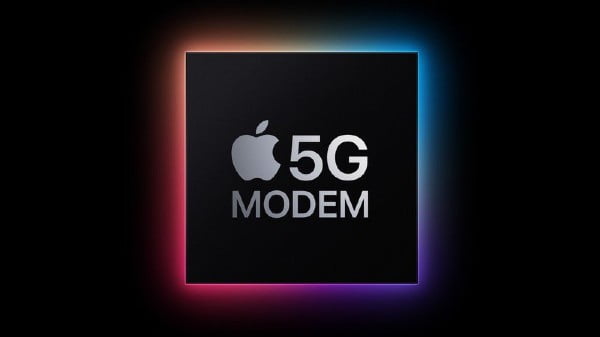
In a recent revelation, Apple’s ambitious endeavor to craft its own in-house 5G modem has faced significant challenges. Despite its renowned expertise in developing Apple Silicon, the tech giant found itself unprepared for the intricacies of creating a 5G modem for global use.
The Backstory
Apple had high hopes for the iPhone 15, envisioning it powered by custom-built modems. However, this vision was not realized. The company had to extend its deal with Qualcomm for modems, even after investing years trying to produce its own. A comprehensive report from the Wall Street Journal sheds light on the reasons behind this decision.
- Apple underestimated the complexity and technical challenges of creating a 5G modem.
- There was a noticeable absence of global leadership, leading to disjointed efforts from development groups scattered across the globe.
- Apple’s primary motivation for this venture was twofold:
- Enhancing device performance and boosting profit margins through in-house silicon development.
- A desire to sever ties with Qualcomm, a company they had legal disputes with over patent fees.
Challenges Faced
Apple’s journey in modem development was anything but smooth:
- The company acquired Intel’s smartphone modem business in 2019, hoping to bolster its development capabilities.
- Designing a 5G wireless modem that was compatible with various 2G, 3G, and 4G frequencies worldwide proved more challenging than anticipated.
- Apple’s prototype chips, tested last year, lagged significantly behind, being almost three years slower than Qualcomm’s top modem chip.
- The tech giant discovered that merely employing a vast number of engineers, a tactic that worked wonders for their smartphone and laptop designs, wasn’t sufficient to expedite modem production.
The Aftermath
Apple had initially planned to introduce its custom modems in this year’s iPhone. However, due to unforeseen challenges, this plan was postponed to 2024. Eventually, realizing this goal was still out of reach, Apple renewed its modem contract with Qualcomm. This extension came just days before the iPhone 15 launch.
Interestingly, while Apple grappled with these challenges, Huawei’s Hisilicon chip design business seemingly succeeded in developing its 5G modem. However, lab tests indicate that Huawei’s chips consume more power and cause overheating, affecting performance.
In Conclusion
- Apple’s endeavor to create its in-house 5G modem has been fraught with challenges.
- Underestimating the task’s complexity and a lack of cohesive global leadership were significant roadblocks.
- Despite setbacks, Apple’s custom modem development continues, with hopes of seeing them in devices before the current Qualcomm contract ends in 2026.
Apple’s journey serves as a testament to the complexities of technological innovation and the challenges even industry giants face when venturing into uncharted territories.